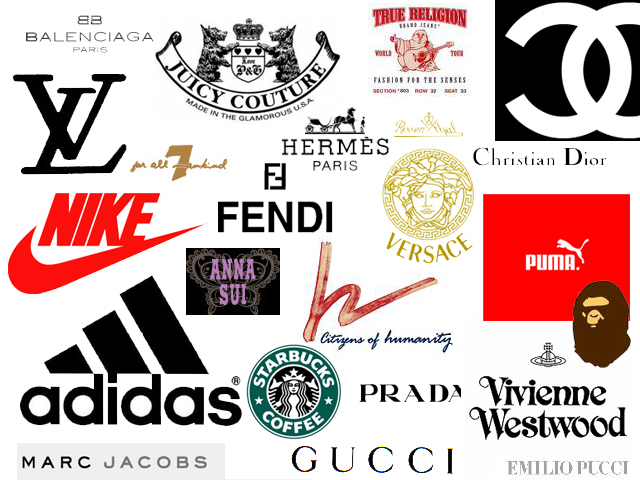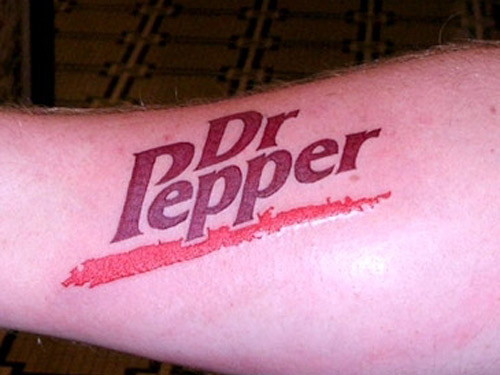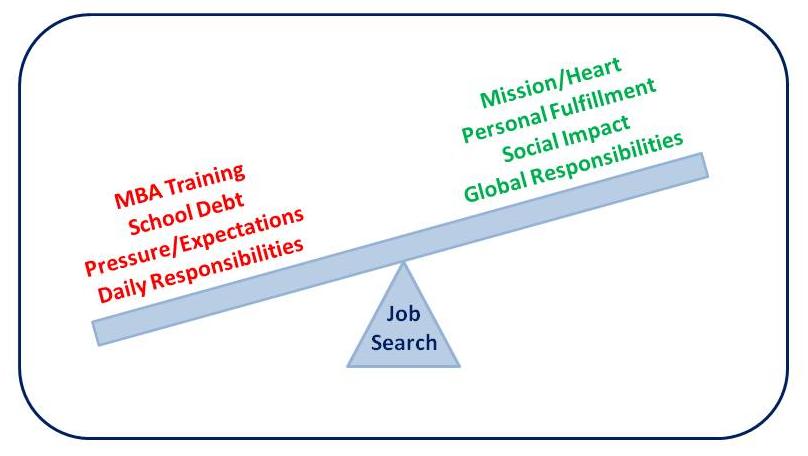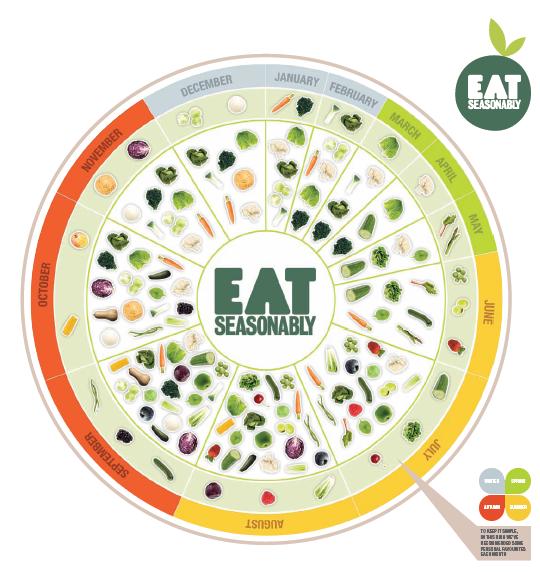A Daily Dose of Inspired Philanthropy
/ Betty Londergan is a woman on a mission.
Betty Londergan is a woman on a mission.
Since the start of 2010, Betty has embarked on a journey of what I can only describe as “Inspired Philanthropy”.
But before I dive into Betty’s story – let me ask you this:
How many times a day do you stop and think about the people around you and their personal stories?
The woman sitting next to you on the bus, the man in the cubicle down the hall, or the little kids playing on the basketball court - How many times do you stop to think: “Who are they?” or “Where did they come from?” And, perhaps most importantly, “Do they need my help?”
As we get caught up in the day-to-day drudgery of life (errands, work, family, etc), it’s easy to stay focused on ourselves and what we need or want.
I’m just as “guilty” of this as anyone; between school, my job search, and being a wife, daughter and friend, my plate is pretty full these days. Not to mention the fact that my wallet is pretty tight too.
Given both these financial and time constraints, when it comes to my own personal charitable giving, I often fall back on old habits. I have my list of go-to organizations and, when I find myself in a giving mood, I just direct my donations to them.
Maybe it’s jus t me, but I don’t often consider which new or innovative ideas and organizations are deserving of my donations – in large part, I think, because I’m just too darned busy to search!
t me, but I don’t often consider which new or innovative ideas and organizations are deserving of my donations – in large part, I think, because I’m just too darned busy to search!
Enter Betty Londergan, whose 2010 resolution is “365 days of putting my money where my mouth is”.
Betty’s blog, What Gives 365, is a daily record of her journey in philanthropy. For 365 days Betty has pledged to give $100 a day to people and organizations doing great work.
How does Betty choose where to give? In her own words:
In super general terms, I’m going to give to places that I have a personal connection with [and] I’ll tell you the story behind my gift in the hopes that you might be moved to support the cause, too. I will try to choose organizations that will use the money effectively and wisely (I’m checking organizations out with Charity Navigator and the American Institute of Philanthropy).
Beyond that, my yardstick is to give money to alleviate things that make me want to cry; things that make me feel ferociously protective; things that make me want to say Amen; and things that just make me feel good.
In essence, Betty has decided to pay attention to the everyday people and stories that move her.
I recently signed up for her RSS feed (and I encourage you to do the same) – which means that every day I get a short, sweet, and inevitably inspiring story of amazing people doing incredible work.
Work that I would have never known about had Betty not stopped to take some time, connect with others, and hear their stories.
In the end I think philanthropy is about connecting with the people, animals, environments and organizations around us – and supporting what moves us.
Unlike Betty, we might not all be able to give $100 a day. But what if we gave $50 a day, or $10, or even $1? Our smaller gifts might not have the impact that Betty’s do, but we’d still be reconnecting with our community and supporting causes that are meaningful to us.
Now that’s what I'd call Inspired Philanthropy.









